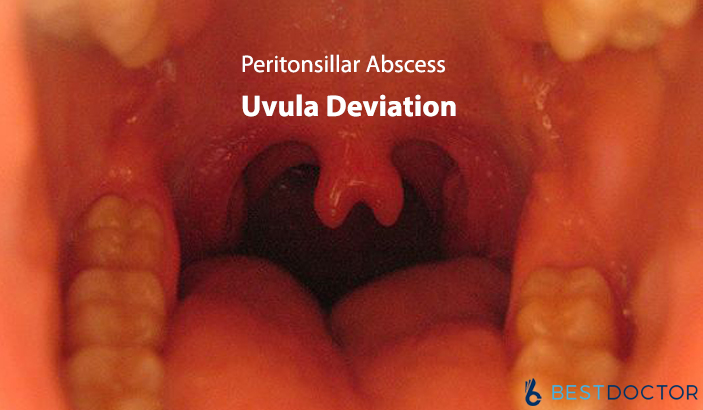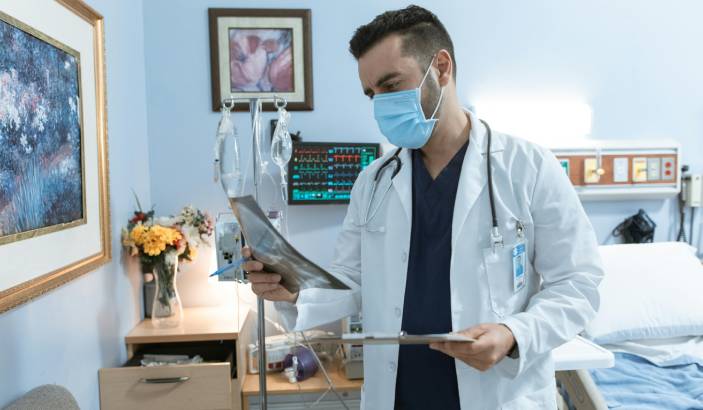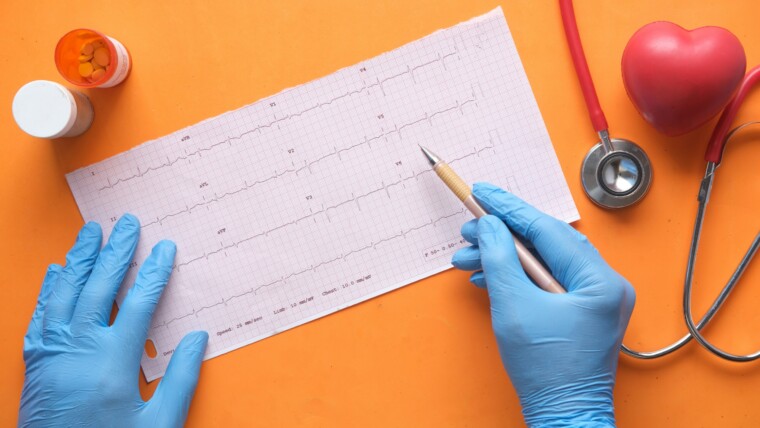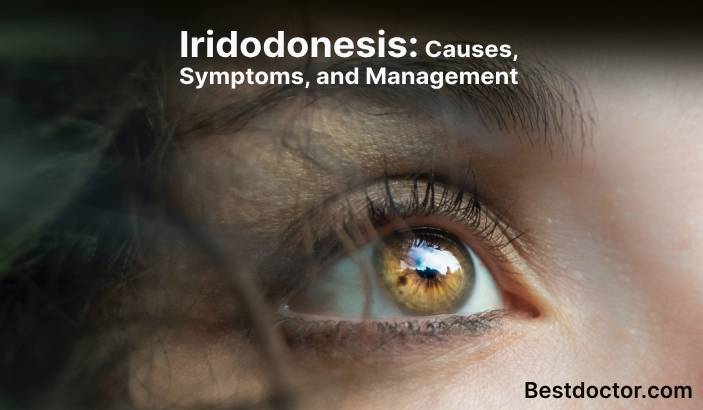The uvula is the soft, ball-like structure seen at the back of the throat, hanging from the middle of the soft palate, and a uvula deviation may indicate a lesion or weakness of the 9th and 10th cranial nerves.
The uvula is made up of connective and muscle tissue and mucous membranes and has canals inside that secrete saliva. A lot of research is being done on the functions of the uvula, and it has been found that it serves as an important accessory to speech, because it can produce a lot of saliva to lubricate the mouth and that too in a very short time. Another lesser known fact about the uvula is that it is a structure that is unique to humans, and is not found in any other species of animals. Scientists believe that it is another symbol of human evolution that differentiates man from other mammals.
Causes of Uvula Deviation
The cranial nerves are 12 pairs of nerves that pass through small holes present at the base of the skull. These nerves carry information from different parts of the body to the brain, and connect the brain to different parts of the body including sensory organs, muscles and other bodily organs and influence their functions.
As already mentioned, the cranial nerves are paired, meaning that there are 12 cranial nerves on the left hemisphere of the brain, and exactly the same number on the right hemisphere of the brain. The numbering of the cranial nerves is determined by the order in which they emerge from the brain and the function they perform.
The uvula is innervated by the 10th cranial nerve, i.e., the Vagus nerve. The deviation of the uvula to one side may imply two things, in the case of a lower motor lesion of the Vagus nerve on one side, the uvula deviates to the opposite side, but an upper motor lesion of the Vagus nerve on one side causes the uvula to deviate to the same side. For example, a lower motor neuron lesion of the left Vagus nerve causes uvula leaning to the right, but if there is an upper motor lesion of the left Vagus nerve causes the uvula to deviate to the left side itself.
The main causes for the deviation of the uvula are usually due to the weakness in the 9th and 10th cranial nerves. The infection or compression of these nerves may cause uvular deviation or it may occur during a stroke, when the tongue, the palate and the pharynx are deviated along with the uvula. The compression of the nerves could be caused by a tumor pressing the nerves either outside of the skull or inside the skull, i.e., either before the nerve enters the skull or after it enters the skull.
Sometimes, a direct physical injury to the uvula may cause its deviation. This could happen when a person swallows a big object or something that could cut the uvula, or when there is an injury to the throat or jaw caused by an accident or when a person is playing a sport. Peritonsillar abscesses also cause the deviation of the uvula to the opposite side of the affected tonsil. The uvula may also get elongated and deviate or lean to one side due to postnasal drips or allergies. If a person has had a surgery such as tonsillectomy or suffers from recurring, severe tonsillitis, there maybe a deviation of the uvula.
Also, sometimes people are born with a congenital deviation of the uvula, and this may not cause any symptoms or difficulties in these individuals.
Clinical Examination of the 9th and 10th Cranial Nerves
The 9th cranial nerve is referred to as the Glosopharyngeal nerve and the 10th cranial nerve is called the Vagus nerve. Both these nerves are responsible for raising the soft palate of the mouth and also the gag reflux which is a protective mechanism that prevents food or liquids from traveling into the lungs when they are swallowed. As both these cranial nerves contribute to these functions, they are tested together.
The clinical examination is carried out by a neurologist if he suspects any lesion in the 9th and 10th cranial nerves.
Testing the Elevation of the Soft Palate:
- The doctor asks the patient to open his mouth and say, “aahh”. This causes the soft palate to rise upwards.
- At this point, the doctor observes the uvula, and if the tongue masks the uvula, the doctor will use a tongue depressor, and push the tongue down to get a better view of the uvula.
- For a normal patient, will rise up straight and stay in the midline.
In the case of a dysfunction of the right Glossopharyngeal nerve, for example, during a stroke, the uvula will deviate to the left, and the opposite happens in the case of the left Glossopharyngeal nerve dysfunction.
Symptoms of Uvular Deviation
A uvular deviation may be recognized by just looking at it in the mirror. As severe tonsillitis causes a bent uvula or uvular deviation, it is beneficial to know the symptoms of tonsillitis, and these include: throat pain or tenderness in the throat, redness appearing at the back of the throat, painful blisters on the throat, and difficulty in swallowing or breathing through the mouth. Sometimes these symptoms are accompanied by headache and ear pain. When you suffer from these particular symptoms, it is best to see an ENT specialist.
When there is uvular deviation, a person may find it difficult to swallow food and also suffer from constant coughing while eating.
When to see a Doctor? And, does Consulting a Doctor Online Help?
It is best to see your family physician when you notice a bent uvula or uvula deviation, and have associated symptoms like difficulty in swallowing, problems with speech, nasal regurgitation and hoarseness of voice. The doctor will observe the throat for any signs of tonsillitis or other infections, and he may carry out a clinical examination to check for any cranial nerve lesions if he suspects it to be the cause for the uvular deviation.
If you notice a uvula deviation, and have any other associated symptoms you may consult a doctor online through the various health websites available online, which allow you to approach a particular specialist and chat with him about any health condition. These websites allow patients to post pictures of the areas of trouble, so it may help the doctors to examine and assess your condition and guide you on the best treatment options available. Also, if you have already consulted a doctor and still face doubts regarding your condition, you can always seek an online medical second opinion through a renowned health website.
[cl-review quote=”Medically Reviewed By” author=”Dr. Kaushal M. Bhavsar (MBBS, MD)” occupation=”Assistant Professor in Pulmonary Medicine, GMERS Medical College, Ahmedabad” avatar_image=”1325″ source=”url:https%3A%2F%2Fwww.linkedin.com%2Fin%2Fdr-kaushal-bhavsar-a8137355%2F|target:_blank”]








Why Indian Doctors Are Chosen By The UK NHS?
Norovirus – Symptoms, Treatment & Precautions
Understanding Normal Resting Heart Rate in Men and Women
5 Things to Learn about a Dentist before Choosing Them